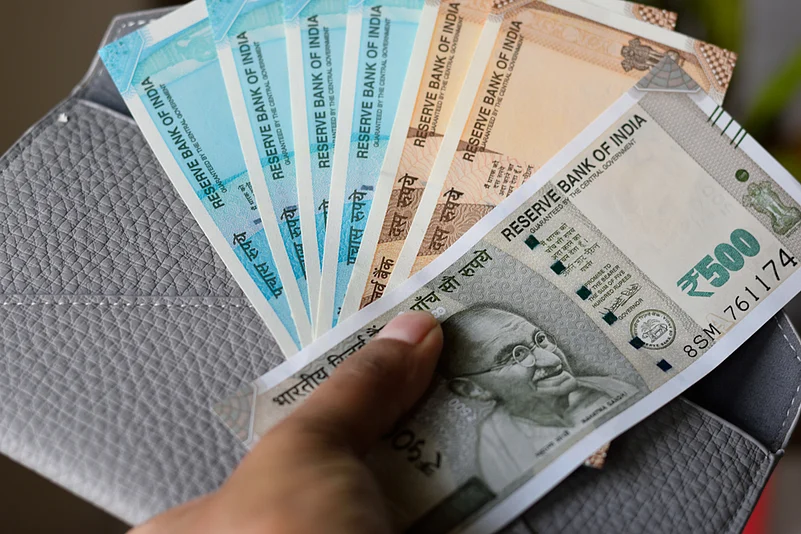Technology has penetrated the finance sector so much that it now seems impossible to imagine banking without computers, mobile devices, the internet, and transaction methods like the Unified Payments Interface (UPI). However, traditional cash still retains its significance. According to a Reserve Bank of India (RBI) report, cited by PTI, note circulation has moderately grown over the last three years. Interestingly, currency circulation is still growing despite digital transaction modes. The RBI document says, “Despite moderation in the growth rate of NIC (Notes in circulation) in the last three years, analysis indicates that the growth will continue to be positive over the foreseeable future, though the pace is expected to be slower over the next decade,”.
According to the report, the circulation of notes and coins has increased over the past two decades, both in terms of volume and value. Also, in the past year, the notes in circulation increased from 136.21 billion pieces as of March 31, 2023, to 146.87 billion pieces as of March 31, 2024, a growth of 10.66 billion pieces in a year. Similarly, coins in circulation increased from 127.92 billion pieces to 132.35 billion over a year as of March 31, 2024.
The origins of coins date back much further than the paper currency introduced in the late 19th century. UPI also saw tremendous growth following its launch in 2016, helped by events like demonetisation and the COVID-19 pandemic, as this contactless payment option has quickly gained acceptance in the public. With new features and convenience of UPI transactions through mobile apps, wallets, UPI circle, UPI-Lite, etc., it has received far wide acceptability. However, the generation of baby boomers, now senior citizens, and some Gen-Xers still like to deal in cash.
Why Seniors Prefer Cash Over Digital Transactions?
A retired Scale I officer from Union Bank of India in Uttar Pradesh, Shashi Kant Gupta, 68, says he does not use digital modes and prefers visiting the bank branch for his cash requirement. Many seniors can resonate with him. Banks have also built a vast network of branches over the years, and they are accustomed to withdrawing cash via these branches and ATMS. It is also a social activity for many of them to break their monotony at home. No wonder that their habit formed over decades cannot go so quickly.
First, the digital modes can be tricky for seniors; many do not have digital exposure in their youth and reportedly do not feel comfortable using online or mobile banking apps. Also, scams and online frauds discouraged them from switching to digital modes.
Why RBI Plans To Revamp Currency Management Infrastructure
The growth in cash volume is expected to continue in the future, possibly at an even faster pace. As a result, the RBI plans to revamp the currency management infrastructure to ensure sufficient storage space and handling capacity for the increasing cash demands.
RBI plans to create a currency management centre with more automation, an inventory management system, a centralised command centre, and enhanced surveillance systems. Improved infrastructure will ultimately benefit users and customers by providing faster and smoother services. This project is expected to be completed within 4-5 years.















